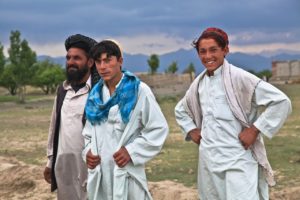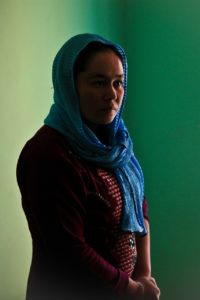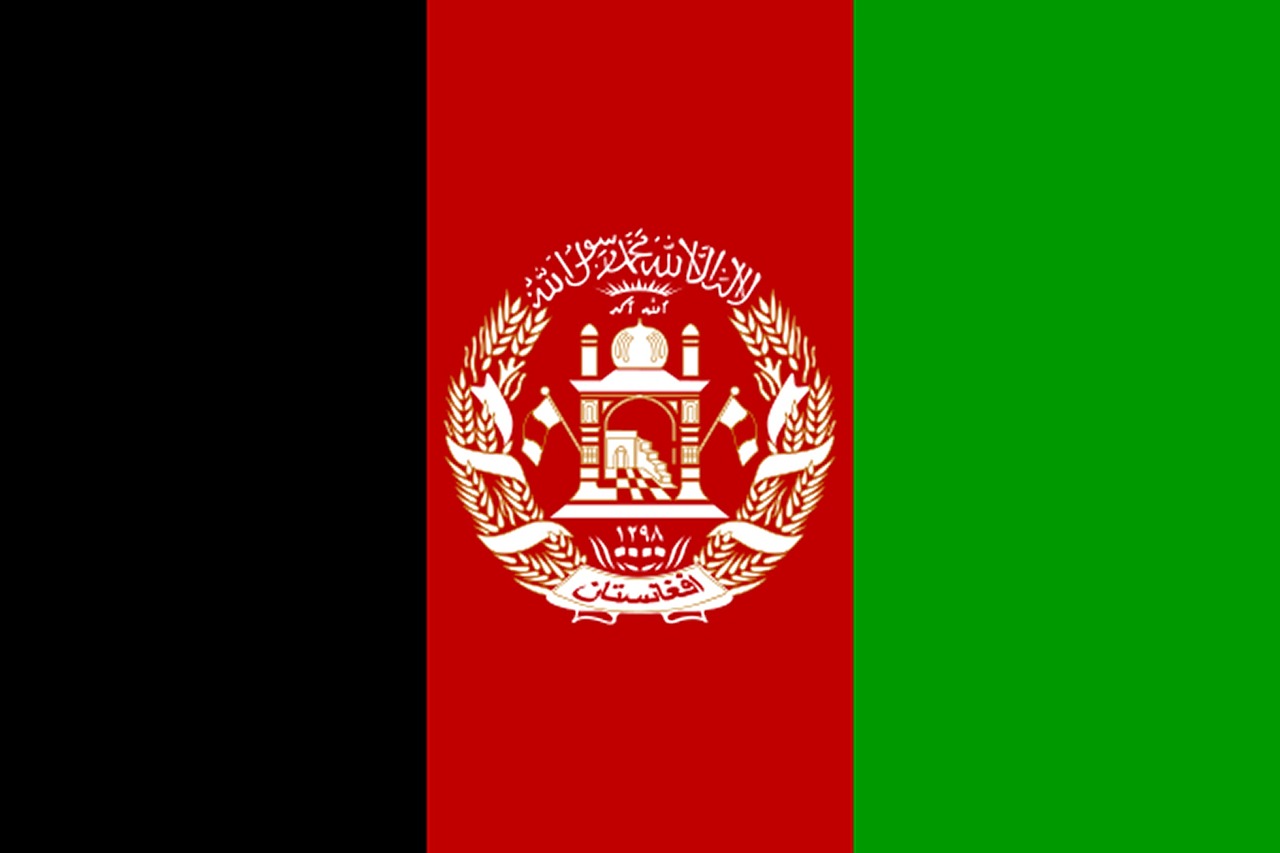Any meaningful attempt to understand the people and culture of a country must take into account the clothes that the people of that nation wear. Steeped in tradition, the fashions of Afghanistan reflect the culture of its people in a tangible, visible manner. Every aspect of Afghan fashion has significance, from the fabric used to the designs on the clothes. Read on for more details about the fashions of Afghanistan.
Afghanistan Fashion in History
 Afghanistan’s unique cultural heritage has been influenced by many different countries. Situated at a major crossroads on the famed “Silk Road” trading route, the nation has incorporated certain aspects (including the fashions) of Greek, Iranian, Chinese, and other cultures. Since the decline of the Silk Road, the isolation of Afghanistan’s landlocked geography has enabled it to preserve its rich traditions.
Afghanistan’s unique cultural heritage has been influenced by many different countries. Situated at a major crossroads on the famed “Silk Road” trading route, the nation has incorporated certain aspects (including the fashions) of Greek, Iranian, Chinese, and other cultures. Since the decline of the Silk Road, the isolation of Afghanistan’s landlocked geography has enabled it to preserve its rich traditions.
Until recently, fashions had not changed in many years, with people continuing to follow the traditional dress that best suited their nomadic lifestyle and their culture. However, Western influences are starting to gain ground, especially with young people in urban areas. In fact, many Afghans now sport jeans and T-shirts, especially while relaxing at home.
Core Values in Afghanistan
Within the country, there is a strict, unwritten code of honor, modesty, and respect that dominates every aspect of life. These values are clearly represented in the traditional manner of dress that is prevalent among the Afghan people. From the long dresses and head coverings of the women to the distinguished robes and turbans of the men, the clothes convey a distinct sense of dignity and style.
Headgear
Women in Afghanistan wear a form of head covering, known as a cadar, which is similar to a handkerchief that covers the top of the head. Other women wear an ankle-length covering that is embroidered along the edges.
An Afghan woman’s head covering can indicate her status within her social circle. Often, her headdress depicts significant events in her life, with various silver ornamentations being added to represent each milestone. A young bride’s ornate veil is usually replaced with a more sedate head covering once the young woman becomes a mother. As a woman matures, her head covering changes once again as she removes the silver ornamentation and puts on a more sedate headdress befitting her role as a family matriarch.
Headgear is equally as important to the men of Afghanistan. In fact, a man’s status is signified by the length and style of his turban: the longer the length, the more prestigious the man. Moreover, donning a turban is a rite of passage for young men, and signifies his coming of age.
There are many different kinds of turbans. They come in a wide variety of colors and fabrics—each favored by different ethnic groups—and the styles may also vary according to season. Afghan men also wear a number of hats, including the karakul, kufi, pakol, and topi.
Clothing
 The people of Afghanistan have a distinct style of clothing. Most men wear a knee-length cotton tunic over baggy pants, although wool versions are found in the winter. For formal wear, men may wear a velvet vest in red or black, decorated with braiding or embroidery. The influence of the West, however, can be seen in the number of men who prefer to wear western-style vests and coats purchased from second-hand shops.
The people of Afghanistan have a distinct style of clothing. Most men wear a knee-length cotton tunic over baggy pants, although wool versions are found in the winter. For formal wear, men may wear a velvet vest in red or black, decorated with braiding or embroidery. The influence of the West, however, can be seen in the number of men who prefer to wear western-style vests and coats purchased from second-hand shops.
Outer garments can include fleece-lined coats, with or without sleeves. In some parts of Afghanistan, the coat is replaced with sleeveless robes made of striped material, which are tied with a sash. The men in some regions prefer a sleeveless cape-like garment that gathers at the neck and is adorned with elaborate stitching. To complete their distinctive look, the men wear knee-length pants over black woolen socks.
Women’s clothing styles are similar in look to that of the men, with loose, draping fabrics, except that their dresses are longer and more elaborate. In solidarity with their counterparts around the world, the women pay more attention to the particular length, style, and decoration of their clothes. Traditional women’s clothes are sewn at home, in contrast to the men, who typically purchase their clothes at a tailor.
Jewelry
Another important element of the fashion in Afghanistan is jewelry—predominately silver. Women elaborately decorate their outfits with silver beads, coins, amulets, and fastenings. In addition, they wear earrings, necklaces, and multiple bracelets for most occasions.

